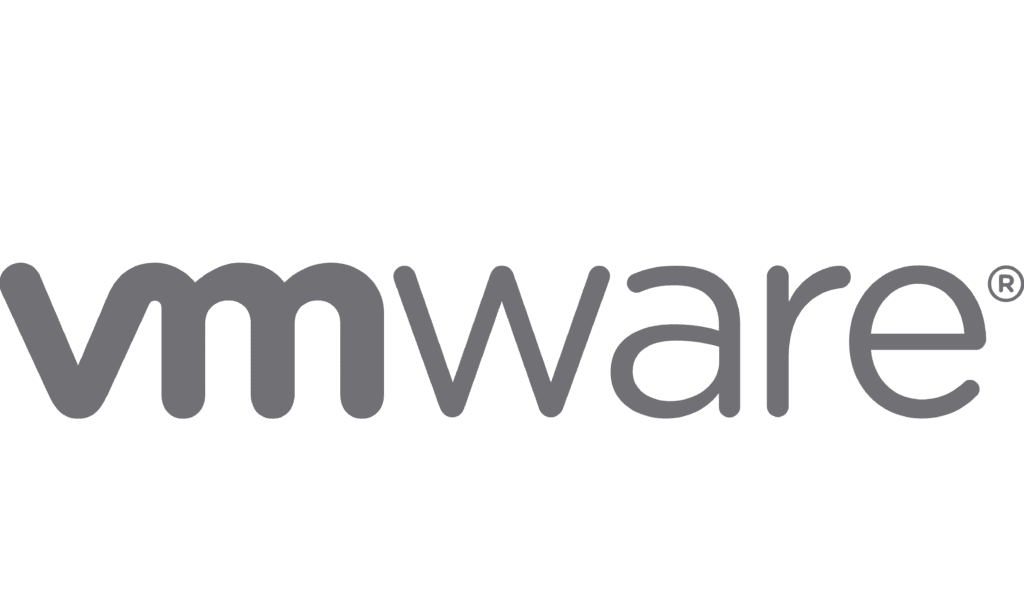Cloud networking is a type of information technology (IT) infrastructure in which a portion or all of an organization’s network capabilities and resources are hosted in a public, private, or hybrid cloud platform, managed internally or by a service provider and available on a pay-per-use, on-demand manner.
The availability of network resources and services like virtual routers, bandwidth, virtual firewalls and network management software in the cloud enables organizations to harness their capabilities in a cost-effective, improved way.
Organizations today turn to the cloud to increase scale, accelerate time-to-market, deliver differentiation and drive agility. Cloud networking plays a vital role in how organizations address redundancy plans, regional expansions and growing infrastructure needs.
It is safe to say that the cloud model has become the preferred approach to build and provide applications for the modern organization. In this guide, we will dive into all you should know about Juniper Networks and VMware NSX.
Also read: Cloud Networking Services: Extreme Networks vs. Amazon Elastic Compute
Juniper Networks Overview

Juniper Mist Cloud Services traverse the network and security domains and enable organizations to scale elastically while minimizing capital investment, saving time and maximizing the value of network infrastructure.
Juniper’s cloud services leverage artificial intelligence (AI) and machine learning (ML) to provide unparalleled insight into user behavior, devices and applications, promptly address problems before they arise and automate key processes.
Here the key features of Juniper Mist Cloud Services:
- Security Director offers centralized security management – you can manage thousands of sites simultaneously, create policies for secure connectivity, user and application access control and validated threat prevention, protect workloads with metadata-based security controls and analytics to analyze the stages of an attack.
- Advanced Threat Prevention, the threat intelligence core for your network, automatically detects and mitigates known and unknown threats and provides encrypted traffic insights, adaptive threat profiling and security intelligence (SecIntel).
- Session Smart Router provides zero trust security, orchestration and automation, fail safe service delivery and application-aware routing.
- Wi-Fi Assurance proactively optimizes wireless fidelity (Wi-Fi) performance and provides proactive root cause identification, dynamic packet capture for troubleshooting and simple and secure access to resources.
- vSRX Virtual Firewalls offer uncompromised performance, effectiveness and flexibility in Microsoft Azure, Google Cloud Platform, Amazon Web Services (AWS), Oracle Cloud and IBM Cloud environments.
- With AI-driven insights, Wired Assurance enables you to discover how switches are performing. Wired Assurance also enables you to configure switches and sites using port profiles and templates.
- Premium Analytics delivers customized reporting and third-party data ingestion, behavior and monitoring reports for clients and applications and visitor network traffic pattern segmentation.
- WAN Assurance offers automated detection and remediation of faulty interfaces and gateway misconfigurations, health insights into WAN links, SRX Series gateways and Session Smart Routers and better visibility into WAN user experiences.
- Marvis VNA is a virtual network assistant (VNA) that provides simplified troubleshooting and real-time insights at the site, device and client level to help enhance service quality. It is a conversational interface that uses natural language to comprehend user intent.
- The service provider uses open application programming interfaces (APIs) to deliver seamless integration with external systems and tools to help further improve network visibility and agility while reducing costs.
- Other Juniper Mist Cloud Services include the vMX Series, Asset Visibility and User Engagement.
Also read: Cloud Networking Services: Google Cloud vs. Microsoft Azure
VMware NSX Overview

VMware NSX Data Center enables your virtual cloud network with full-stack security and network virtualization. You can connect and safeguard applications across multi-cloud, data center and container infrastructure.
The platform replicates the entire network model in software and enables you to create and deploy any network topology almost instantly and deliver critical services and applications in a simpler, quicker way.
Here are the main features of VMware NSX Data Center:
- You can run a complete L2-L7 stack in software with automated provisioning to bring one-click provisioning to the network. This will enable you to access robust flexibility and scale.
- You can deliver granular protection to individual workloads with network segmentation and micro-segmentation. You can leverage intrusion detection system/intrusion prevention system (IDS/IPS) and create context-aware security policies to protect against lateral threats.
- You can manage security policies and consistent networking across public, private, and hybrid clouds from a single pane of glass, irrespective of where your applications run.
- By consolidating security and network functions on a single platform, you can save on capital expenditure (CapEx). With optimized traffic flows and simplified operations, you can slash operational expenditure (OpEx).
- You can create a logical demilitarized zone (DMZ) in software, lock down critical applications and use segmentation capabilities to reduce the attack surface area of a virtual desktop environment to attain zero trust security.
- You can accelerate application delivery with blueprints to automate the management and provisioning of security and networking services, across all sites and clouds consistently. Infrastructure can be delivered as code as well.
- The platform enables you to manage containerized apps and microservices like virtual machines (VMs), with integrated, full-stack security and networking. You can leverage end-to-end observability for microservices and native container networking for Kubernetes.
- With advanced software load balancers and software-defined networking (SDN) automation, you can update your data centers.
Juniper Networks and VMWare NSX Compared
Juniper Mist Cloud Services enable several key capabilities, including closed-loop automation, network health and diagnostics with remedial actions, real-time actionable intelligence for threat detection, prevention and protection, unified security management, proactive anomaly detection, network assurance and root cause identification.
Juniper’s cloud networking services leverage AI and ML and enable businesses to move forward with the agility and scalability of cloud advancements while ensuring operational simplicity.
VMware NSX Data Center helps you enhance network speed, agility, and security. The cloud networking platform’s primary features include agility through automation, intrinsic security, consistent multi-cloud operations and lower CapEx and OpEx.
Both cloud networking platforms are remarkable solutions for businesses of all sizes. Thoroughly compare the features of each service provider and opt for a solution that best represents the necessities of your business.
Read next: Best Cloud Networking Services & Solutions of 2021


